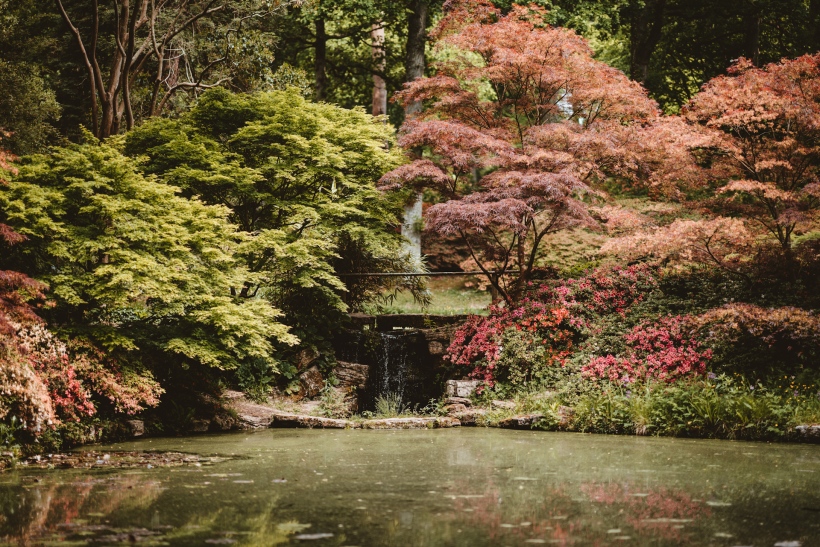Interview with Anna Campbell, a local community leader and activist, and Dr. Natasha Donnelly, an international community leader and activist.
Q. Reflecting back, what were the moments in your life that led to your desire to be involved in projects that involve social change, focused on at-risk groups?
A. “Many factors have influenced me and inspired me to take action in this area. Family, friends, love, life in general, but also learning to live with my emotions and experiencing loss in both my working life and my personal life. These personal experiences, as well as witnessing others going through tough situations, have shaped my life and the paths that I have taken. I never want anyone to feel alone or not valued, and I believe that everybody can and should have a way of feeling connected to others– it might just still need to be discovered.”
Natasha wears a bracelet, made by a young woman she met in Africa who was living with AIDS, and this is one source of motivation for her. The woman made jewelry to sell at the shop for an orphanage, which she knew would eventually adopt her child when she died. It has the words “hope, healing, compassion” hand engraved on it. These words and the story behind them inspire and motivate Natasha in her work and in life.
Natasha’s earliest job was at a veterinary practice in England. She describes how, as a quiet individual, this experience allowed her to care for the animals, but also develop a healthy topic of conversation. “I could talk to people about an injured seagull, nervous dog, rescued monkey, or an adventure at the local zoo. Being able to talk and share experiences with others made me feel both valued and valuable, and I began to realize just how important this is for all of us.” She later went on to explore theatre studies; including script writing, set design, and stage directing. Natasha reflected that this was when she discovered what she refers to as the “art of successful collaboration.” She explains this, “If people feel valued and connected, they become engaged and inspired, having pride in the project they are working on together.”
The next phase was training as an RN and RM at St. Bartholomew’s Hospital in London. On qualifying, Natasha worked as a professional nurse in England, Africa, the USA, and in many settings including emergency rooms, delivering babies, working with AIDS patients, and many years in mental health settings.
Another major influence at this time was learning and exploring the ways that introducing people to a passion and finding a personal interest could have a big impact in recovery and social acceptance. Natasha encouraged people to reflect on what their true interests were and met creative individuals, who went on to be artists and poets and who have encouraged her on her own journey. “It really is all about working together and sharing ideas. Only when we truly collaborate can we make significant and positive social changes together.”
Inspired to learn more about social life, human interaction and social stigma Natasha went on to become a PhD Sociologist and specializing in Suicide Prevention. “We are always learning and I am proud to still be continuing on my academic journey as a student on the Psychiatric Mental Health Nurse Practitioner program. ”
Q. How did the therapeutic and sensory gardens come about?
A. In 2000 Natasha was invited to be Dr. Gill Kester’s Research Assistant for the Universities UK first student suicide project. This position forever changed Natasha’s life. “I realized we need to understand the stories from the perspective of those who live with suicidal thoughts.”
Click to access uuk_scop_report__reducing_risk_of_student_suicide.pdf
Several years later Mind the Mental Health Charity awarded a Mind Millennium Fellowship for her suicide prevention work. This led to two further Social Entrepreneur awards and a large Department of Health Grant which allowed Natasha to found the UK’s first student mental charity Students in Mind. To establish this charity “I organised a collaboration between Head’s of University Counseling Services, Heads of Student Services, Nick Berg the Director of the University of London Student Union Building, The Samaritan’s, Mind, Young Minds, James McAteer of International Sanity Fair, Tony Barker organizer of the Isle of Wight Music Festival, Ethical Business expert Nicky Amos, artists’ included Gary Molloy, Sarah Boris, Bridget Croucher and Jude William’s, Social Entrepreneur’s Sophie Allchin and Emma Pickering and the Mayor of London’s office. Importantly this committee included student representatives who lived with mental health issues.” This team worked to evaluate a new stepping stone service for referrals and social connections to area’s of interest (including volunteering) whilst waiting for an appointment. “This time was so exciting we even won a BAFTA for a community film made by the students! We felt that together we were working towards de-stigmatizing mental health issues.”
The charity focused on service referrals, resilience strategies, advocacy and creating sensory environments. “This was an exciting time we created the first Sensory Lounge for students in London with designers from the Royal College of Art.” During this time Natasha began her research into both indoor and outdoor therapeutic spaces designed for recovery, vocation and social change.
This phase included becoming an adviser for the first Suicide Prevention Strategy for England; a writer for the Mayor of London’s student magazine and a media adviser on suicide issues. Alongside the research, Natasha was a Senior University Lecturer developing curriculum on health, wellness and issues in mental health. “Working with students and for students was a wonderful time.”
https://www.theguardian.com/education/2002/sep/10/highereducation.students
https://www.theguardian.com/education/2001/may/08/students.highereducation
See page 30 onwards in article below:




